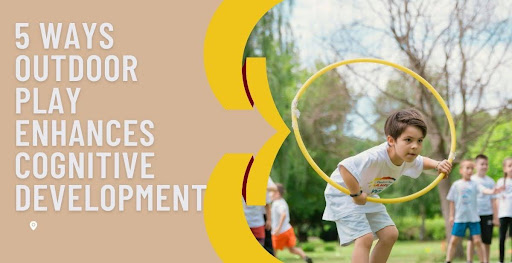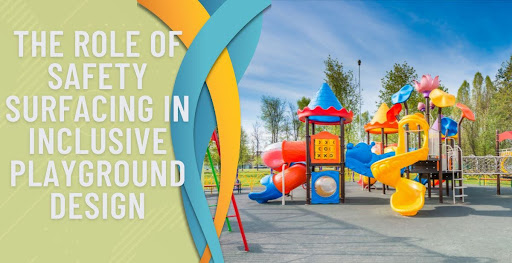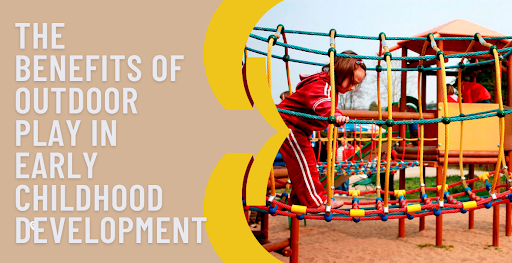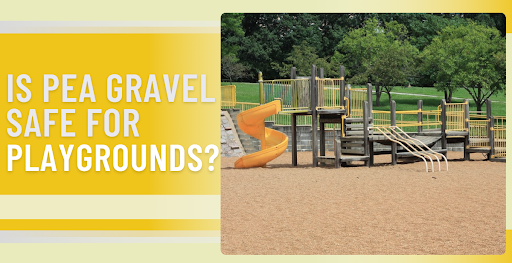Types of Playgrounds: A Guide for Parents and Community Builders
Explore different types of playgrounds designed to boost kids' physical, mental, and social development, offering fun, safety, and learning opportunities.

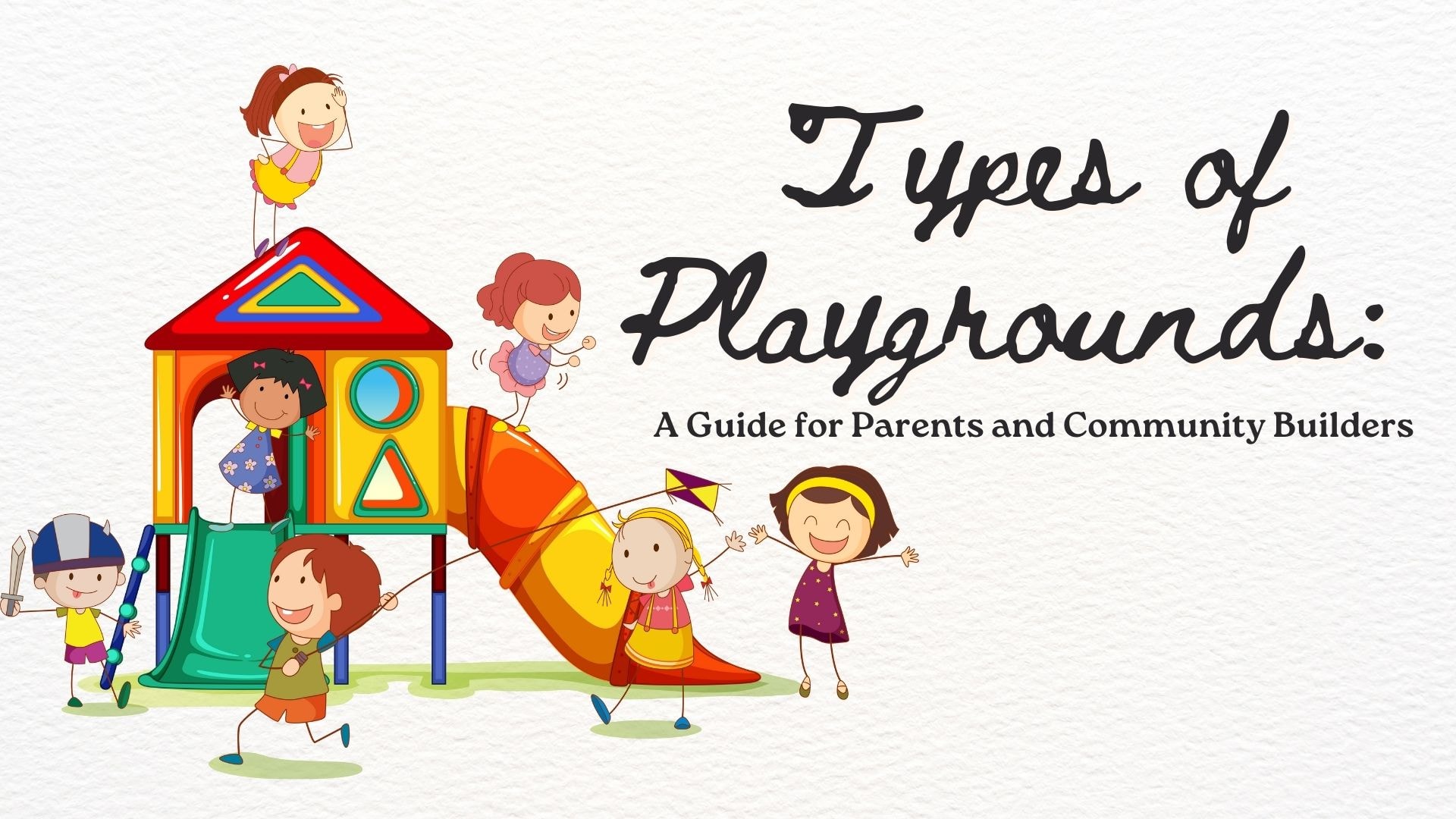
Playgrounds are crucial in supporting children's physical, mental, and social development, serving as vital spaces for active engagement. In our digital age, dominated by the internet and television, it becomes increasingly important to encourage outdoor play to foster essential life skills.
Various types of playgrounds are designed to cater to different preferences and requirements, recognizing children's diverse needs. Every kind of playground offers unique benefits, ensuring that all children have the opportunity to grow and learn through play.
The 10 Best Types of Playgrounds

1. Themed Playgrounds
Themed playgrounds revolve around captivating themes that spark children's imaginations. With designs that range from tractors and medieval castles to trains, these playgrounds feature theme-inspired equipment that can be customized in various colors.
They include panels that encourage creativity, helping children enhance their artistic skills. Kids from 2 to 12 years old will find endless enjoyment and engaging play in these creatively themed spaces.
2. Traditional Playgrounds
Traditional playgrounds originated in the late 19th century as structured, safe spaces for children to play. Initially simple, these playgrounds have evolved into sophisticated setups with climbing frames, slides, and swings.
These spaces epitomize the classic American playground known for their fixed equipment and safety focus. Standard features of a traditional playground include swings, slides, seesaws, and climbing walls made of durable materials like metal or plastic.
These designs ensure a long-lasting, low-maintenance play area that accommodates different age groups and provides fun and safety across generations.
3. Natural Playgrounds
Imagine a playground that effortlessly merges with its natural surroundings. Natural playgrounds incorporate elements such as logs, boulders, and sand to forge an aesthetically pleasing setting stimulating children's interaction with the natural environment.
These playgrounds are crafted to blend into the landscape, using materials that are environmentally friendly and native to the local area. They are ideal for fostering creativity, encouraging imaginative play, and educating children about environmental stewardship.
Children develop a deeper appreciation and understanding of the world around them by engaging with features that mimic the irregularities and wonders of nature. Thus, these playgrounds are excellent for nurturing young minds and bodies.
4. Inclusive Playgrounds
Inclusive playgrounds are thoughtfully designed to accommodate children of all ages and abilities, ensuring no one is left out. These playgrounds are particularly welcoming for children with disabilities, providing a play space where they can play alongside their peers.
These playgrounds promote inclusivity and learning by integrating various play structures that accommodate physical, social, and emotional development. They help develop children's motor skills and enhance their emotional and social interactions.
Additionally, these playgrounds are accessible to parents with disabilities, making it easier for them to engage and interact with their children in a play setting. This approach fosters a nurturing environment where children and parents can experience the joy and benefits of play without barriers.
5. Freestanding Playgrounds
Freestanding playgrounds feature independent play structures that captivate children's imaginations and foster their physical, mental, and social development. They are perfect for areas with limited space and offer a range of play equipment for children of various ages to explore and learn through play.
These playgrounds include spring bouncers in fun shapes, along with classic slides, swings, and climbing equipment. Children from 2 to 12 years old find these playgrounds especially enjoyable, as they provide numerous opportunities for adventurous and developmental play.
6. Fitness and Sports Playgrounds
Fitness and sports playgrounds are dynamic spaces that integrate physical activities with play, catering to individuals of all ages and abilities. These playgrounds have sports facilities, including basketball, soccer, tennis, and volleyball courts, as well as gymnastics and martial arts areas for specialized training.
They also feature adult fitness equipment stations, outdoor gym equipment, and obstacle courses for comprehensive workouts. The design of these playgrounds focuses on making exercise enjoyable and accessible through activities such as jumping, climbing, and running, which help develop strength, coordination, and social skills.
Additionally, these playgrounds play a crucial role in enhancing community health, fostering friendships, and serving as community hubs for active living, as exemplified by Pearsall Park in San Antonio with its extensive sports and fitness playgrounds.
7. Adventure Playgrounds
Adventure playgrounds draw inspiration from natural settings and often incorporate elements made from recycled materials. Unlike traditional playgrounds with static equipment, these spaces offer movable structures, encouraging children to engage in free play and harness their creativity during play.
In these dynamic environments, kids can manipulate natural elements or repurposed items, creating unique games and play experiences. This type of playground is designed to spark imagination and innovation, allowing children to explore and invent in ways that pre-designed playgrounds might not accommodate.
Such settings provide a rich canvas for play, where children actively shape their own fun and learning experiences.
8. Indoor Playgrounds
Indoor playgrounds offer a reliable, weather-proof alternative to outdoor play areas. They ensure that children can enjoy the joy of play no matter the weather conditions outside.
Whether it's raining, snowing, or the sun is scorching hot, these indoor facilities provide a safe and controlled environment for children to explore and be active. Often designed to replicate the adventurous spirit of outdoor playgrounds, indoor playgrounds feature familiar elements like slides, ball pits, climbing frames, and obstacle courses.
However, these components are crafted from materials chosen explicitly for indoor use, which are durable and safe for less ventilated spaces. Additionally, indoor playgrounds often include unique attractions such as interactive floors and sensory play areas that enrich children's play experiences, making them ideal for year-round fun and development.
9. Splash Playgrounds
Splash playgrounds, also known as spray parks, are the ultimate retreat on sweltering days. They provide a delightful oasis where children can cool off and have fun.
These playgrounds offer a refreshing way to play while keeping temperatures down. They are equipped with water jets, sprinklers, and nozzles,
Splash playgrounds are designed with safety in mind. They typically have no standing water, which significantly minimizes the risk of drowning and makes them a safer choice for water play than pools.
Splash playgrounds are not only about splashing water; they also feature various water-based activities and structures that encourage playful interactions and physical activity. They're universally loved by kids who enjoy getting wet and wild in the summer heat, making them a popular feature in community parks and recreational areas.
10. Technology-Integrated Playgrounds
Technology-integrated playgrounds merge digital innovations with traditional play structures, creating dynamic environments that captivate tech-savvy children. These playgrounds feature interactive elements like LED screens, sound-producing equipment, and touch-responsive games that combine physical activities with digital interactions.
Augmented reality experiences are often included, allowing children to engage in activities like chasing virtual creatures or solving puzzles while moving around. This modern approach to playground design keeps children actively engaged, offering a balanced blend of screen time and physical activity that stimulates both their bodies and minds.
Factors to Consider When Choosing the Right Playground

When planning to set up a playground, several crucial factors must be considered to ensure it effectively meets the community's needs. Here are crucial elements to keep in mind to create a safe, engaging, and inclusive environment for children to play and learn:
- Ensure enough space for equipment and safe play areas, influencing the size and type of structures you can install.
- Plan your budget early to balance playground equipment quality, quantity, and maintenance costs.
- Select designs appropriate for the age range to keep kids engaged and safe.
- Consider the community's needs, like wheelchair accessibility and sensory features for inclusivity.
- Align the playground design with your goals, such as promoting physical health, social skills, or inclusivity.
Build the Perfect Playground with Park N Play Design Today!

Playgrounds are crucial for nurturing children's physical, mental, and social development, providing a break from the digital world. With various playground types available, each designed to meet specific developmental needs, communities can create engaging and inclusive environments.
These spaces support individual growth and foster community cohesion by offering safe, stimulating areas for children to play. By carefully selecting the right type of playground, communities ensure these play areas remain invaluable resources for child development and joy.
Ready to create the perfect playground that fits your community's unique needs? Contact Park N Play Design today, and let us help you build a space where every child can thrive!
FAQs
What are the examples of playgrounds?
Examples of playgrounds include traditional playgrounds with swings and slides, themed playgrounds with specific motifs like castles or trains, and natural playgrounds that use elements like sand and logs. There are also inclusive playgrounds for children of all abilities and fitness-focused playgrounds with sports facilities.
What is the most common thing in the playground?
One of the most common features in playgrounds is the swing set. This includes swings that cater to various age groups, providing a fun and active way for children to engage with the playground. Other standard features include slides, climbing frames, and seesaws, which are integral to almost any playground setup.
What is the school playground?
A school playground is a designated area where children participate in both structured games with set rules and spontaneous games they create on the spot. It serves as a vital environment for children to improve their social interactions, engage in physical activities, and enhance their cognitive skills through playful learning.


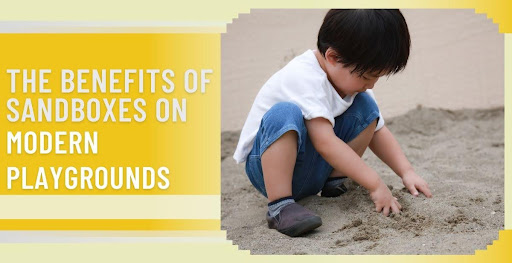
.jpeg)
.jpg)
.jpg)
.jpeg)
